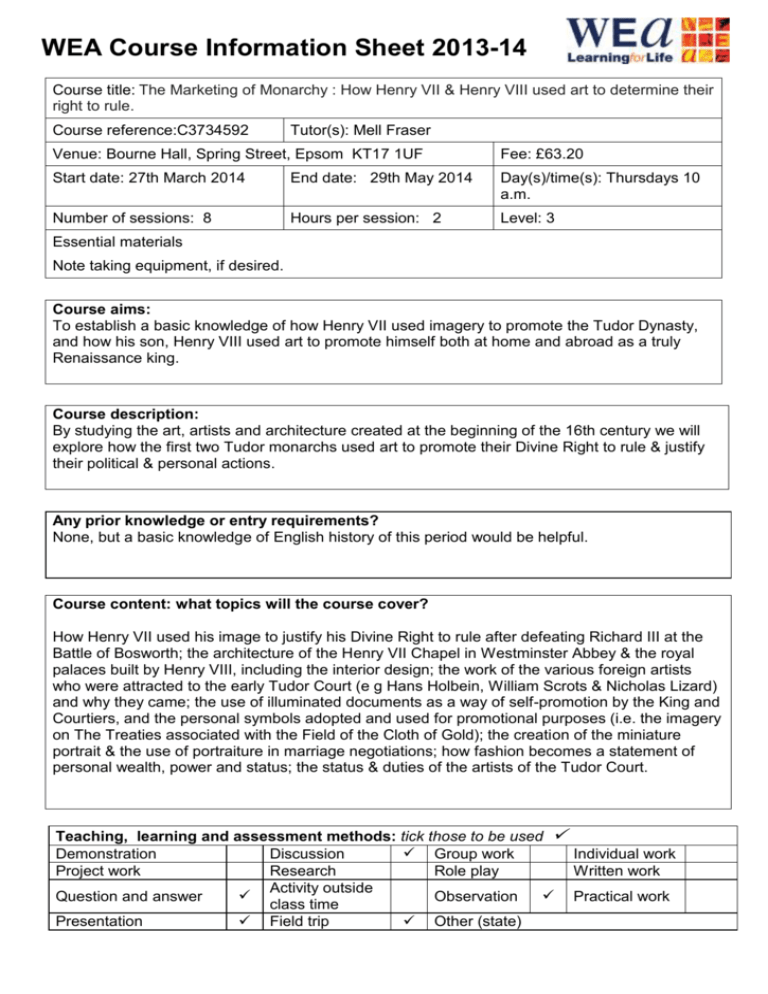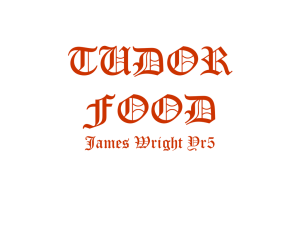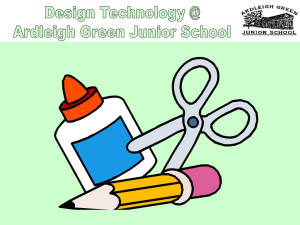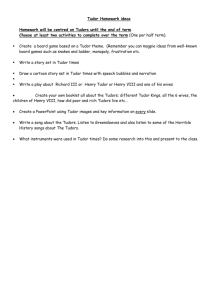course outline
advertisement

WEA Course Information Sheet 2013-14 Course title: The Marketing of Monarchy : How Henry VII & Henry VIII used art to determine their right to rule. Course reference:C3734592 Tutor(s): Mell Fraser Venue: Bourne Hall, Spring Street, Epsom KT17 1UF Fee: £63.20 Start date: 27th March 2014 End date: 29th May 2014 Day(s)/time(s): Thursdays 10 a.m. Number of sessions: 8 Hours per session: 2 Level: 3 Essential materials Note taking equipment, if desired. Course aims: To establish a basic knowledge of how Henry VII used imagery to promote the Tudor Dynasty, and how his son, Henry VIII used art to promote himself both at home and abroad as a truly Renaissance king. Course description: By studying the art, artists and architecture created at the beginning of the 16th century we will explore how the first two Tudor monarchs used art to promote their Divine Right to rule & justify their political & personal actions. Any prior knowledge or entry requirements? None, but a basic knowledge of English history of this period would be helpful. Course content: what topics will the course cover? How Henry VII used his image to justify his Divine Right to rule after defeating Richard III at the Battle of Bosworth; the architecture of the Henry VII Chapel in Westminster Abbey & the royal palaces built by Henry VIII, including the interior design; the work of the various foreign artists who were attracted to the early Tudor Court (e g Hans Holbein, William Scrots & Nicholas Lizard) and why they came; the use of illuminated documents as a way of self-promotion by the King and Courtiers, and the personal symbols adopted and used for promotional purposes (i.e. the imagery on The Treaties associated with the Field of the Cloth of Gold); the creation of the miniature portrait & the use of portraiture in marriage negotiations; how fashion becomes a statement of personal wealth, power and status; the status & duties of the artists of the Tudor Court. Teaching, learning and assessment methods: tick those to be used Group work Demonstration Discussion Individual work Project work Research Role play Written work Activity outside Practical work Question and answer Observation class time Field trip Other (state) Presentation How will I receive feedback on my learning progress and achievement? Group discussion; feedback forms; individual discussion Learning outcomes: these are the intended outcomes and may be revised in discussion with the class. Students are encouraged to think about and identify their own individual outcomes. By the end of the course, students should be able to: 1. Recognise key works by important artists of this period & read the symbols used to add layered meanings to portraits & other visual images. 2. Explain why it was innovative it was to use art to promote a monarch's Divine Right to rule. 3. Differentiate why there was greater influence of Flemish and Northern European artists on Tudor art, as opposed to the Italians. 4. Recognise Tudor architecture and why palaces changed from being defensive to being statements of power and wealth. 5. Recognise how important it was for the great and the good to display their wealth & status by the clothes & jewellery they wore. Reading and information sources: Any books by academics or novelists known for their thorough research of this period. Suggestions for progression to further study or for using the skills and knowledge gained: By developing a basic appreciation of the art & architecture of this period, the student will develop a greater understanding of why these became political statements. Further study of this, & the later Tudor periods, will provide a greater ability to comprehend the complex layered messages contained within visual images that were easily understood by contemporary Tudor audiences. An understanding of these arts provides a modern audience not only with a visual history of our early modern monarchy, but also of how art & architecture are used today in a similar manner by those with power. You can read about your entitlements and responsibilities as a WEA student in our leaflet, Services for Students here http://www.wea.org.uk/courses/information This includes information on fees, learning support and financial support. As part of your first course you accept a learning agreement. This applies to all courses you take in this academic year. You should have a copy of the learning agreement (the tear-off portion of your enrolment form), but if not please ask for a copy from your tutor. You can enrol online for some courses http://www.wea.org.uk/courses or contact London & Southern Regions Support Centre, london&southernrsc@wea.org.uk, or Freephone: 0800 328 1060 GAINED: The Workers’ Educational Association is a charity registered in England and Wales, number 1112775, and in Scotland, number SC039239, and a company limited by guarantee registered in England and Wales, number 2806910. Our Registered Office address is 4 Luke Street, London, EC2A 4XW. www.wea.org.uk S:\WEAMISdata\SR\Outlines\C3734592_outline.doc









